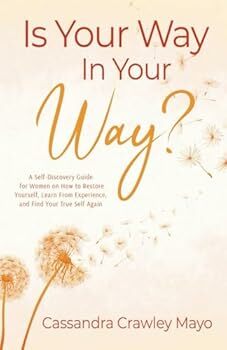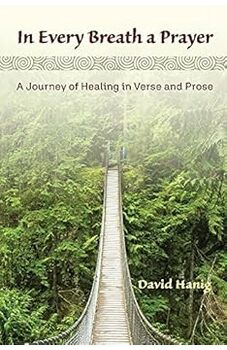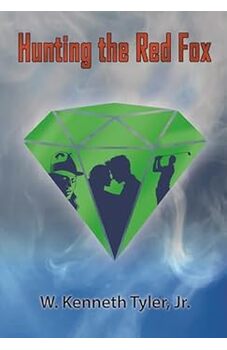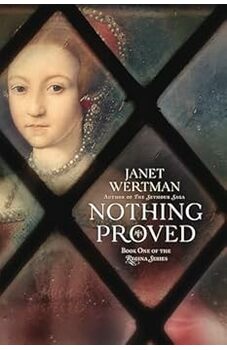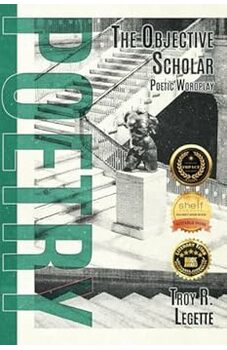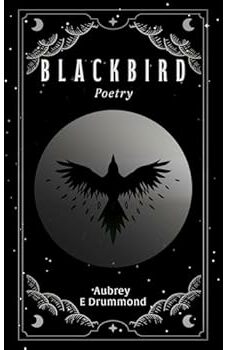"Step Softly, Here lies a dream.” This epitaph on a child’s gravestone in an historic cemetery in Canada sparked an interest in cemeteries that has led to the book Cemetery Reflections. For the last 10 years Jane Hopkins has photographed over 200 cemeteries in the eastern US and Canada. She finds cemeteries a treasure trove of art created from stone by the carver's tools. These sacred places represent the essence of someone's life on earth and the loving memories of those left behind.
Jane lives with her husband Tom in Webster, NY on the shore of Lake Ontario . To her surprise she has found kindred souls among all age groups as she wanders among the tombstones. She enjoys sharing these experiences as a member of the Friends of Mt. Hope Cemetery in Rochester, NY, and the Association of Gravestone Studies in Greenfield, MA. Jane's educational background includes degrees in Psychology and Social Work, augmented by several years of coursework in digital photography at Rochester Institute of Technology. Her fine art photographs have been exhibited and sold since 2002.



